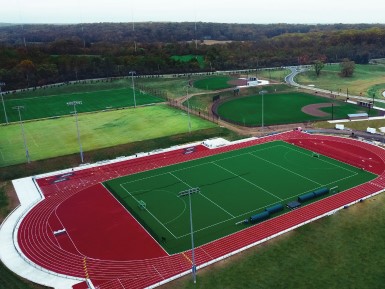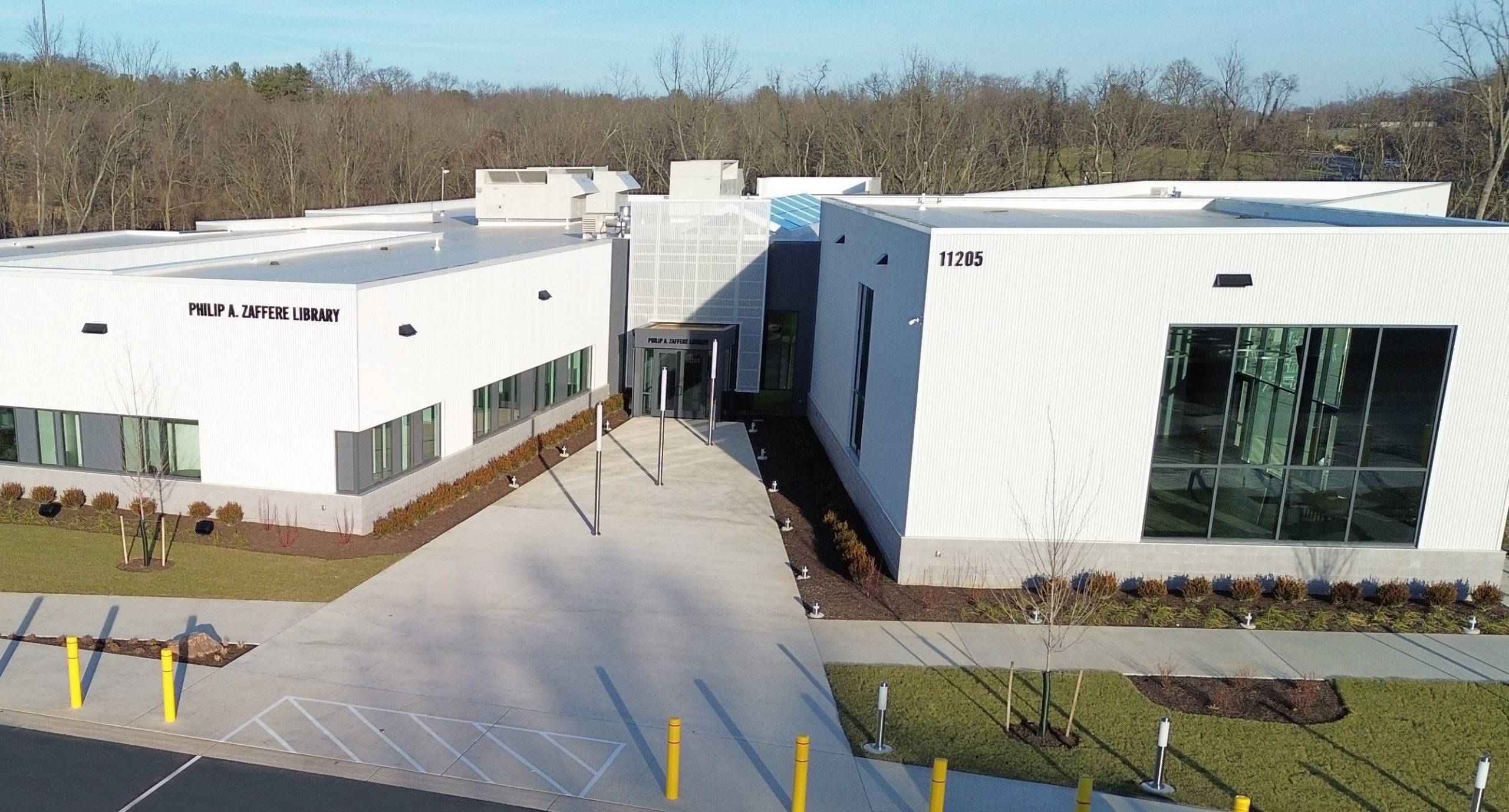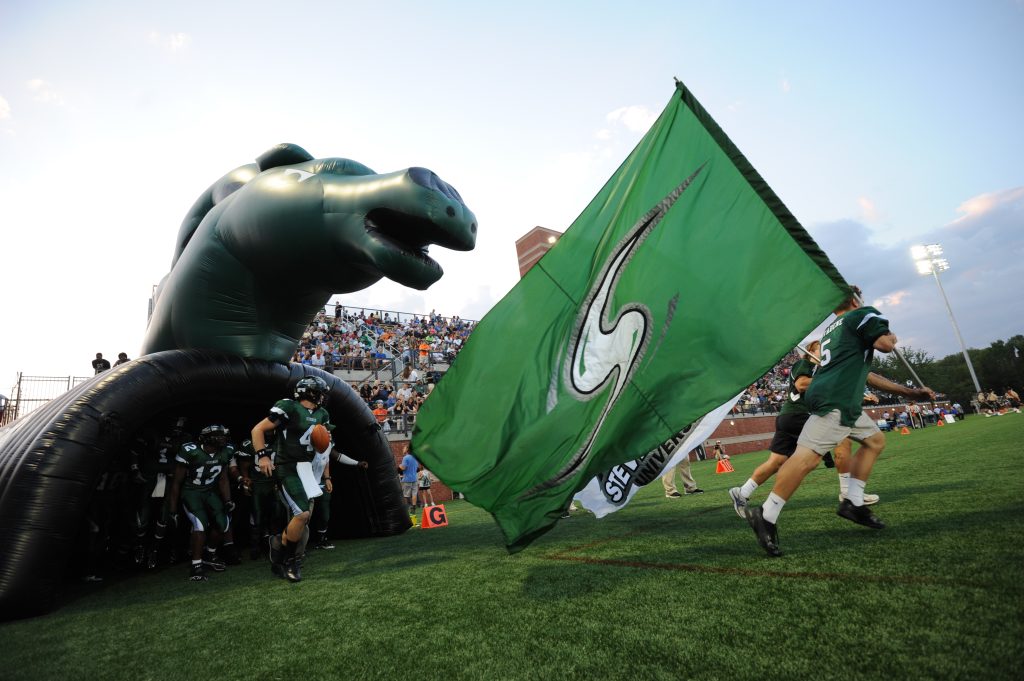
The Environmental Field Studies course traveled from Oahu to Hawaii to continue learning about the flora, fauna, climate, and culture of Hawaii.
A trip to NOAA and to the Mauna Kea Observatory introduced the students to the climate of Hawaii. NOAA not only monitors the weather around the globe but, the Inouye Regional Center also runs the Pacific Tsunami Warning Center. The Mauna Kea Observatory, at 9,000 feet and with few light sources around, offers a clear view of the sky available at only a few places on earth.
Tide pools offer a surprising about of diversity in such a small space. On the Big Island, students were able to snorkel around the Kapoho Tidepools. The group swam through a tide pools at a variety of depths and temperatures. In them, the students were able to observe fish, coral, sea urchins, and even a sea turtle!
Hawaii’s volcanos (some of which are currently active!) create Hawaii’s beautiful black and green sand beaches. The rich volcanic soil also grows some of the finest coffee in the world. The Kona Coffee farm gave students a glimpse of the process needed to transform the fruit of the coffee plant into your favorite morning beverage.





